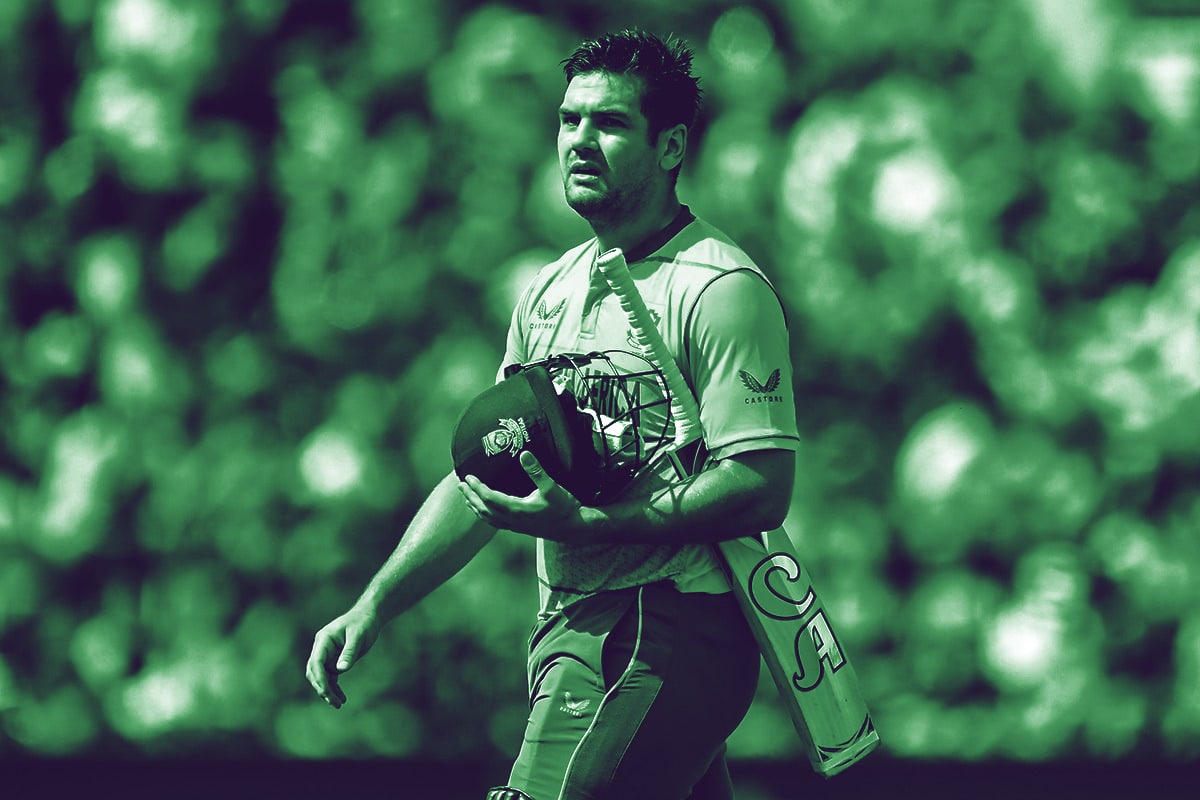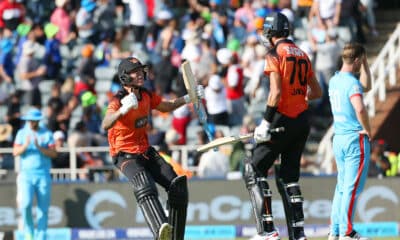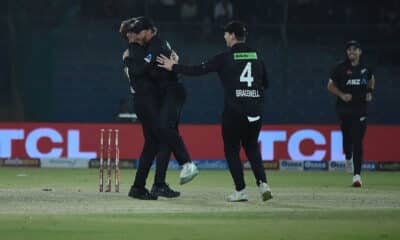
The Proteas beat England by 90 runs on Sunday to win the three-match series 2-1. It was their first bilateral series win on English soil since 2012. Tim Dale Lace takes a look at the talking points and also what we learned from the T20I series.
Tristan Stubbs Can Deliver On The World Stage
Tristan Stubbs has been someone to watch out for in the South African cricket circle since the end of last season’s T20 domestic competitions. He was the leading run-scorer, averaging 48 with a strike rate of 183.12. These performances meant he was picked in this year’s IPL but it took until this T20 series for him to perform on the world stage.
In the 1st T20, he arrived at the crease at 86/4 with little expectation and scored a magnificent 72 off 28 balls, which included the joint 2nd fastest 50 for South Africa and 4th in the world. He hit cleanly through the line against a good England side and showed confidence as the required rate rose to a very difficult position. The biggest compliment could be that he might have won it for South Africa if he had stayed in.
This is the beginning of what should be a very successful time, especially in white ball cricket.
Reeza Hendricks Has Created Headaches
Reeza Hendricks has been a much-maligned cricketer in this format and in some respects with good reason. While often looking good at the crease his career strike rate was not quite at the levels you need at this level. However with the injury to Temba Bavuma, he has not only benefitted by playing where otherwise he may well not have, but he has also answered those critics. He answered them emphatically with the Man of the Series Award where he picked up three 50s at a strike rate of 156.52.
But most importantly when the series was on the line and the pressure was on in the final game of the series he saved his best for last as he steered himself to 70 off 50 balls and South Africa to a winning total. All of a sudden it has become very difficult to drop him. Good for him and for South Africa.
South Africa’s Fielding Improved
Dropping 6 catches will always cost you in matches and dropping Bairstow 3 times inside 13 deliveries was hugely costly in the first T20. However, for the rest of the series, the fielding was much improved with brilliant catches being taken by Keshav Maharaj in game two and Tristan Stubbs in game three were perfect examples of that. The ground fielding in the last two games was also brilliant and went a long way to securing a series win for South Africa
If SA wants to win the World Cup later in the year their fielding will have to continue to be of that standard and not how it was in the first game. It goes without saying that T20s are won or lost on small margins so they will want to keep the good standard of fielding up.
Poor Death Bowling
With Kagiso Rabada’s return to the side, the thought that the death bowling would improve has been thrown out the window, while England has been brave with their approach to bowl the fuller length with regular use of the yorker, especially from Chris Jordan. South Africa have been found wanting and have become very predictable with the overuse of the short of a good length slower ball that was often dispatched out of the ground.
South Africa is just too predictable in a format where predictability will find you struggling. Until they can come up with a Plan B they will continue to be behind the eight ball on normal T20 pitches which favour the batter.
They will be happy England was well below par in the decider as the game was over by the time the death overs began.
Lungi Ngidi Is Back
Lungi has been superb since the T20 series versus India in June, bowling with real intensity and while he has had a few injuries recently it’s great to have him bowling so well and free of them. He was easily South Africa’s best bowler in the series where he averaged 8.57 with an economy of 6.92 an over. No England batter at any time has found him easy to play and his death bowling improved massively in the last 2 games. Lungi Ngidi now just needs to remain fit ahead of a very busy few months ahead.
Anrich Nortje, who was ahead of him in this format not that long ago will be a little concerned about things as far as the World Cup is concerned because he might miss out.
Rilee Rossouw Is That X Factor Player
The South African public has been rather cautious about the return of Rilee because of the way he left but with 6 years behind him of playing in the most significant T20 leagues and being successful, he has delivered. Having just completed a Vitality Blast in the UK where he dominated most teams’ bowling attacks he could arguably be a match winner for South Africa. A superb 96 off 55 balls in the 2nd T20 showed that even though it’s been 6 years since he last played for South Africa it looked like he still has what it takes to do well in international cricket.
With the side having someone like Rilee who goes from ball one instead of building an innings, they have that X-factor player that was needed outside of David Miller and Quinton De Kock.
The Need For A 6th Bowler Option
It has been as noticeable as a cold sore on your lip it is so obvious that South Africa have been missing a genuine 6th bowler option in this series. Not playing Aiden Markram in the first two games of the series and relying on newbie Tristan Stubbs in the 1st T20 was madness. It was a huge gamble, and with Phehlukwayo struggling, it nearly cost South Africa the series. It should be a lesson learned. Phehlukwayo went for 11.36 runs an over in this series and bowled too many variations on the flat pitches, seemingly preoccupied with the short boundaries in the first two games of the series. In the decider of the series, Aiden Markram showed why he should be that 6th bowler.


























